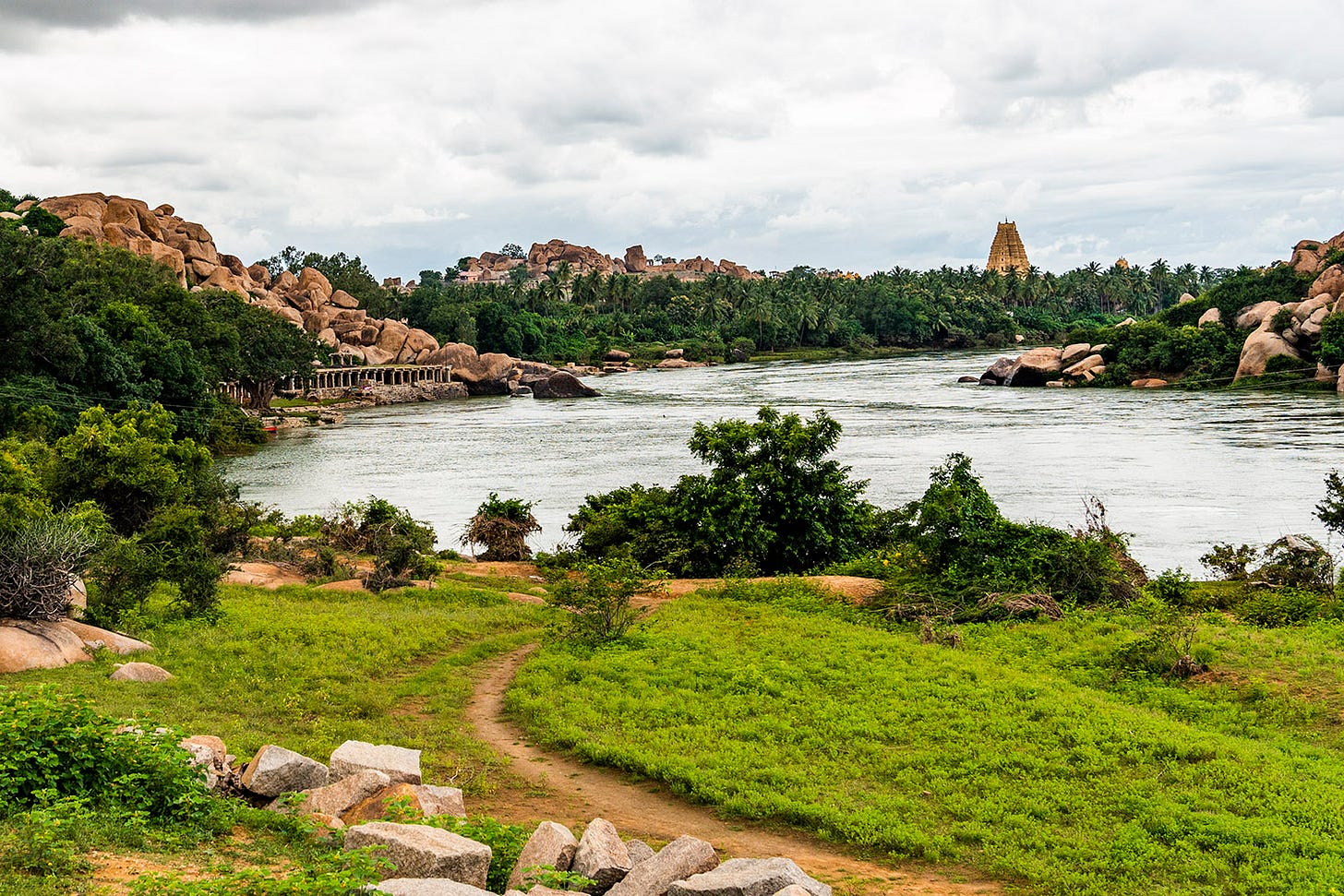The Best Camera Settings for Landscape Photography
Master the Fundamentals to Capture Crisp, Detailed, and Breathtaking Landscapes
When it comes to landscape photography, the difference between an ordinary photo and a breathtaking one often comes down to getting your camera settings just right. Nature offers stunning subjects—mountains, rivers, skies, forests—but how you translate that beauty into a photograph depends on understanding your tools.
In this blog, I’ll guide you through the ideal camera settings for landscape photography, helping you consistently produce professional-quality images full of depth, sharpness, and emotion.
📸 1. Shooting Mode: Manual or Aperture Priority
Use Aperture Priority (Av or A mode) when you want the camera to handle shutter speed while you control depth of field.
Use Manual Mode (M) if you want total control over both aperture and shutter speed—ideal when light is steady, such as at golden hour or using filters.
👉 Aperture Priority is excellent for beginners and even most pros in the field.
🔘 2. Aperture: f/8 to f/16 (Sweet Spot for Landscapes)
Why: You want a deep depth of field so that both the foreground and background are in sharp focus.
Recommended Range:
Use f/8–f/11 for general landscape scenes
Use f/16 when you want everything from the nearest rock to the furthest mountain in sharp detail
🔍 Avoid going beyond f/16 to prevent diffraction (loss of sharpness).
🕓 3. Shutter Speed: Adjust Based on Light and Stability
Since you’re using a narrow aperture, the camera will select a slower shutter speed to compensate.
Use a tripod to eliminate camera shake.
If capturing motion (e.g. water, clouds), slower shutter speeds like 1/2s to 5s can create dreamy effects.
For windy days or moving elements (leaves, grass), use a faster shutter (~1/125s) to freeze motion.
🌙 4. ISO: Always as Low as Possible (ISO 100)
Why: Lower ISO means less noise and more dynamic range.
Keep ISO at 100 or 200 for best image quality.
Only raise ISO if light is low and shutter speed is too slow (e.g., during blue hour or without a tripod).
🧭 5. Focus Settings: Manual or Single Point AF
Focus One-Third Into the Scene: This maximizes depth of field and utilizes the hyperfocal distance.
Use Manual Focus for precision when composing on a tripod.
Use Live View + Focus Magnifier to fine-tune your sharpness.
👁️ Always focus on an area with contrast for better results.
🖼️ 6. White Balance: Daylight or Custom
Set Daylight for natural-looking tones.
Use Cloudy if you want to warm up the image.
If shooting in RAW, you can adjust white balance easily in post-processing.
🌄 7. Metering Mode: Evaluative/Matrix
Evaluative (Canon) / Matrix (Nikon, Sony) is ideal for most situations.
It reads light across the entire frame and averages the exposure.
Use Spot Metering for high-contrast scenes, e.g., when shooting toward the sun.
📈 Check your histogram to ensure highlights aren’t clipped.
🌈 8. Image Format: RAW Always
RAW files preserve full detail, dynamic range, and allow greater flexibility in editing.
JPEG compresses and discards valuable image data—best avoided for professional work.
🧰 Bonus Settings and Tools for Better Landscape Shots
✅ Use a Tripod
Crucial for sharpness, long exposures, and thoughtful composition.
✅ Enable Mirror Lock-Up or Use Electronic Shutter
Minimizes internal vibrations for ultra-sharp images.
✅ Use a Remote Shutter or 2-Second Timer
Eliminates camera shake during exposure.
✅ Enable Highlight Warning (“Blinkies”)
Helps prevent overexposure, especially in the sky.
🖼️ Creative Use of Filters
ND Filters: Useful for long exposure effects (smooth water, streaky clouds).
Graduated ND Filters: Balance exposure between bright skies and darker foregrounds.
Polarizing Filters: Enhance contrast, reduce reflections, and deepen blue skies.
🔍 Example Settings for a Standard Landscape Shot
Setting Recommended Value
Mode Aperture Priority (Av / A)
Aperture f/11
Shutter Speed Auto (tripod-supported)
ISO 100
White Balance Daylight
Focus Manual / One-third into scene
File Format RAW
Tripod Yes
⚠️ Common Mistakes to Avoid
Using Auto Mode: You lose control over depth, sharpness, and exposure.
Neglecting Foreground: Empty foregrounds make compositions fall flat.
Overediting Later: Get exposure and sharpness right in-camera to reduce post-work.
Forgetting the Histogram: Always review it to ensure you’re not losing details in shadows or highlights.
📋 Final Checklist Before You Click
✅ Composition balanced with leading lines or focal points
✅ Tripod secured and camera leveled
✅ Focus locked and verified
✅ Aperture and ISO set
✅ Shutter speed checked for motion blur
✅ Exposure previewed using histogram
✅ White balance set
✅ Shot taken in RAW
🌟 Final Thoughts
Great landscape photography is the art of preparation, patience, and precision. While the location and light certainly matter, the settings you choose define the clarity, richness, and emotional impact of your image.
By mastering your aperture, shutter speed, ISO, and focus settings—and using tools like a tripod and filters—you'll consistently produce landscapes that not only look professional but also feel immersive and timeless.
🚀 Join My Photography Community!
If you’re passionate about creating aesthetic, story-rich, and high-quality photographs, I invite you to join my exclusive photography community.
As a subscriber, you’ll receive:
📚 Detailed tutorials on camera techniques
🎓 Workshops & reviews to elevate your creative eye
🧭 Insights from decades of field experience
🤝 Community engagement with like-minded creatives
👉 Subscribe now and start capturing landscapes like a pro.
Let’s build a legacy—one frame at a time. 📸✨






